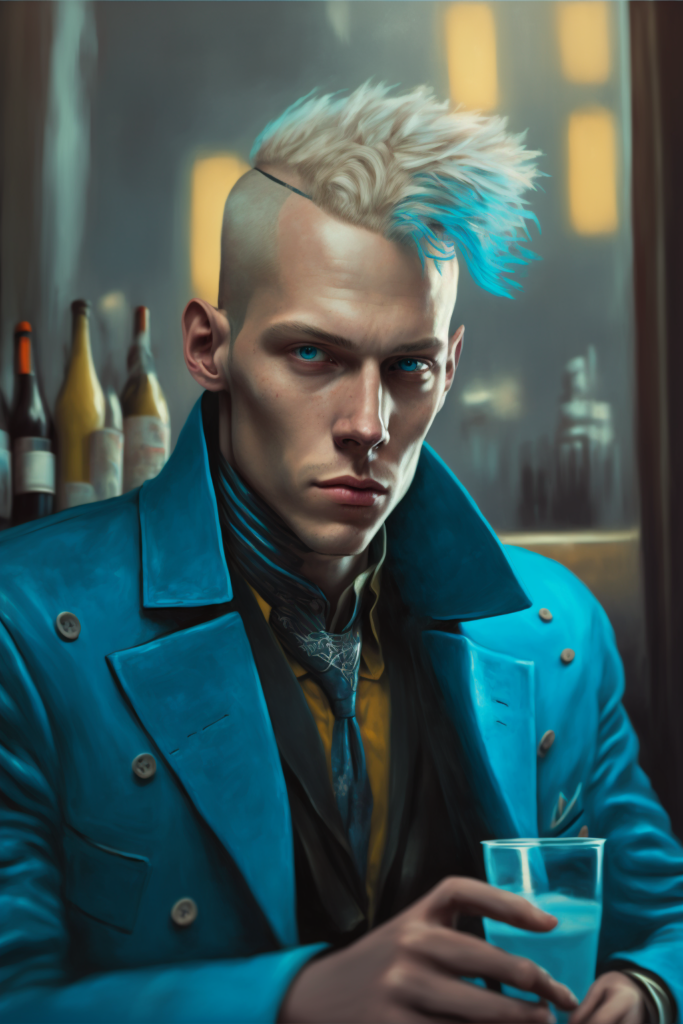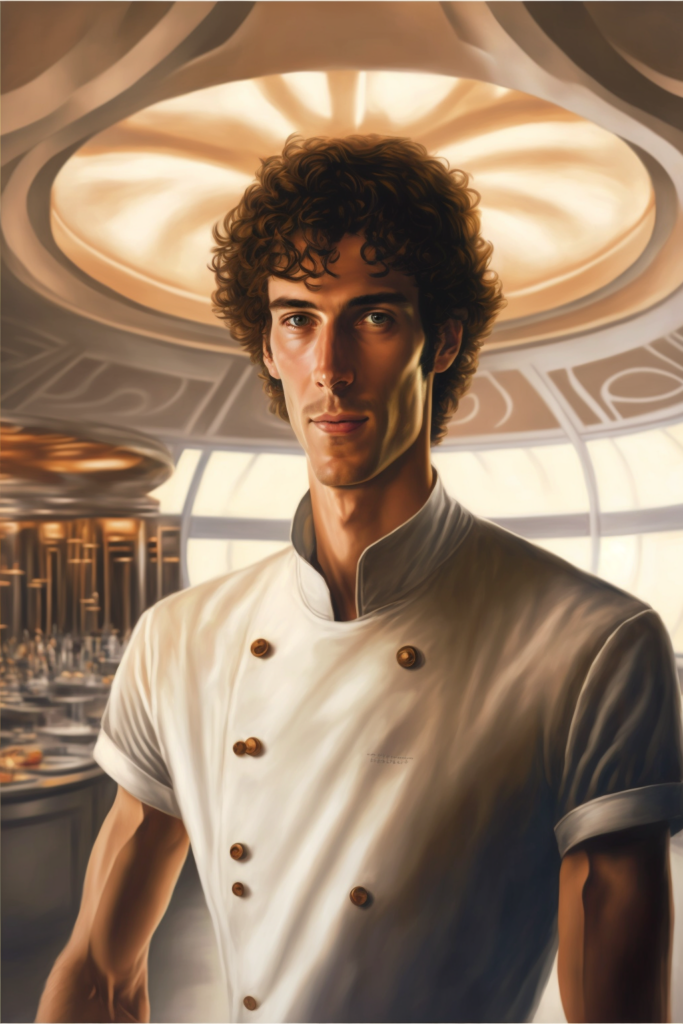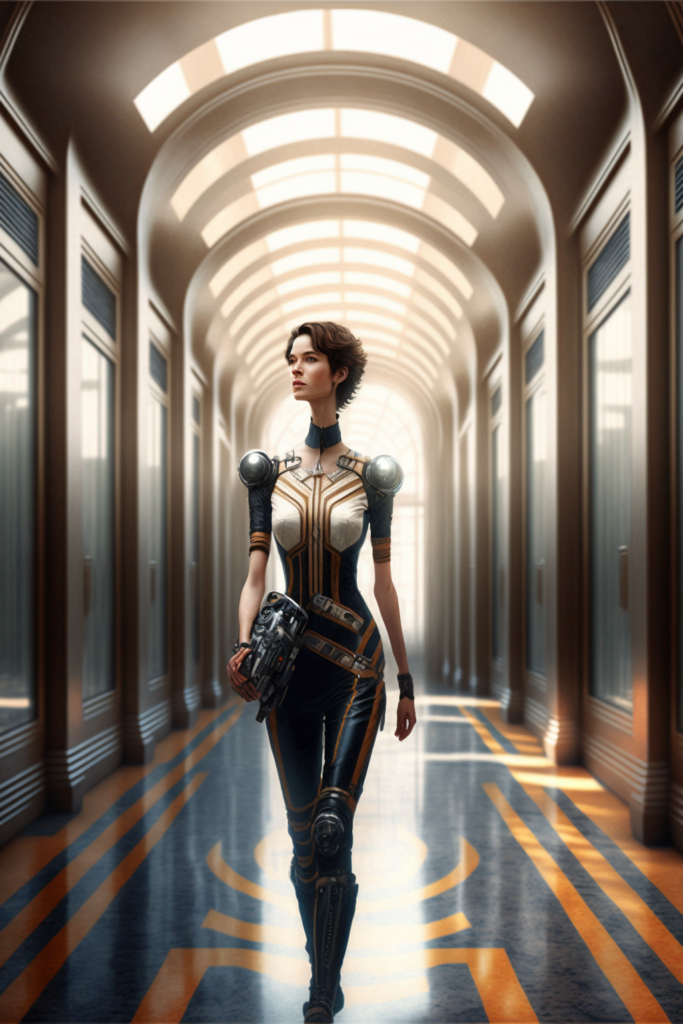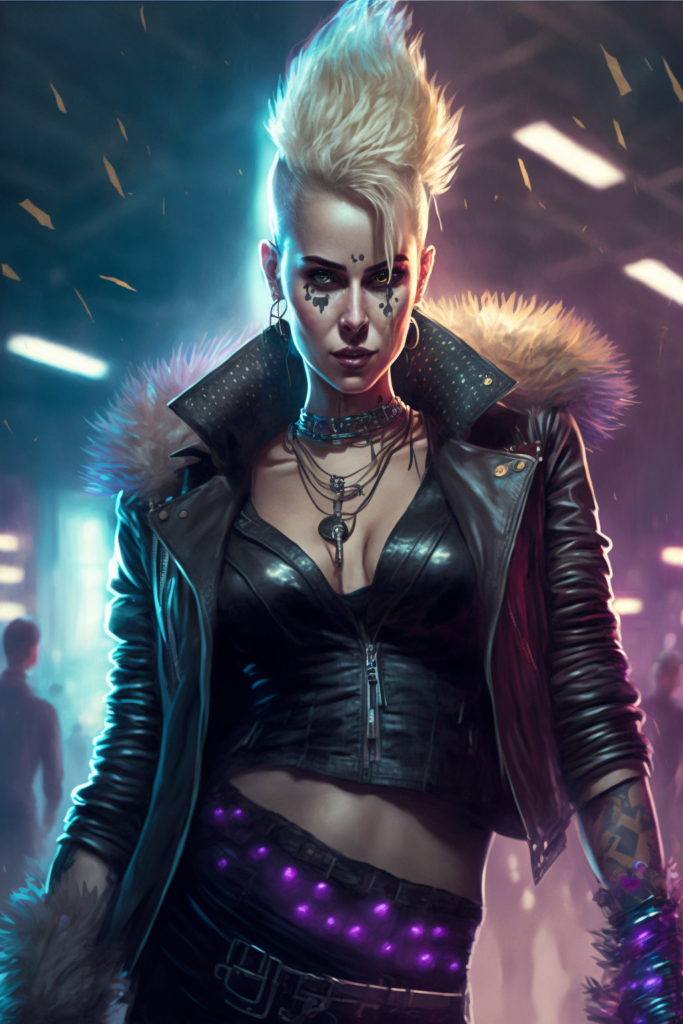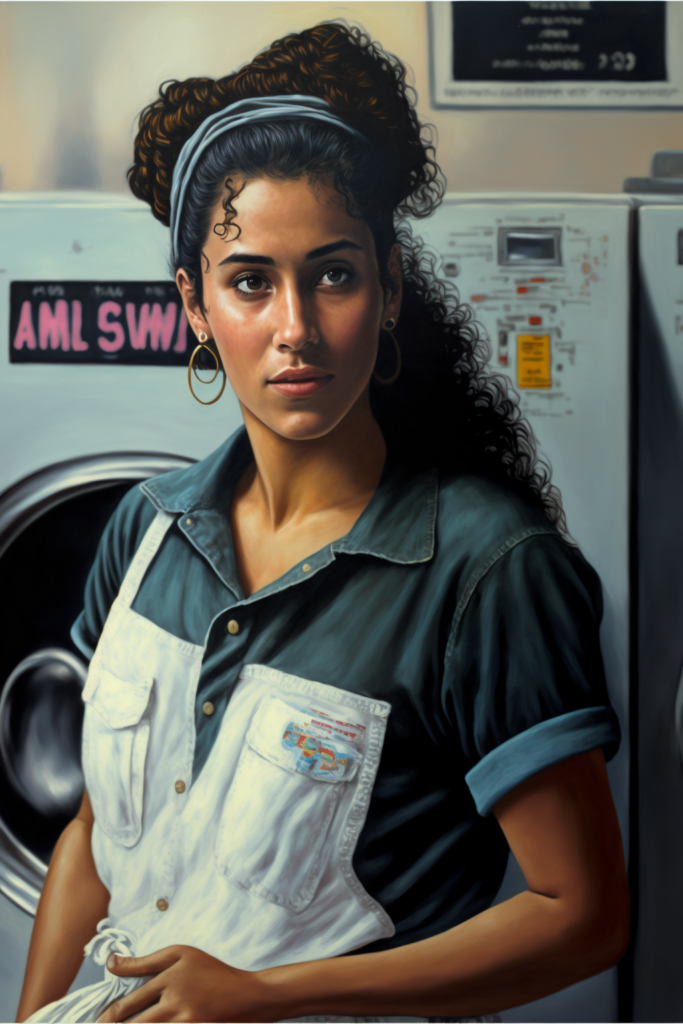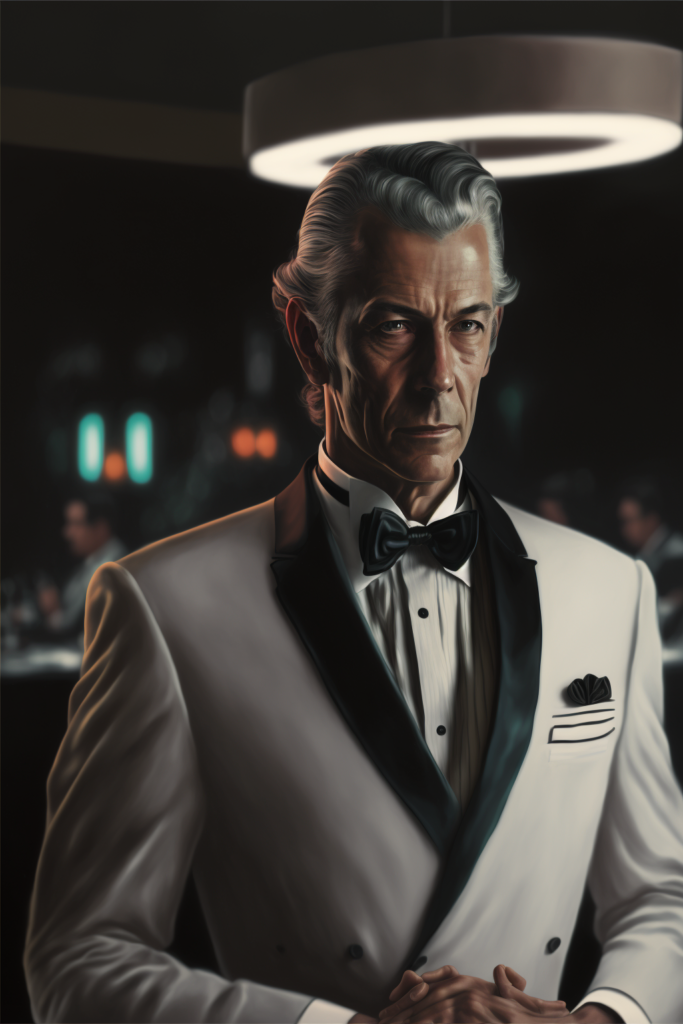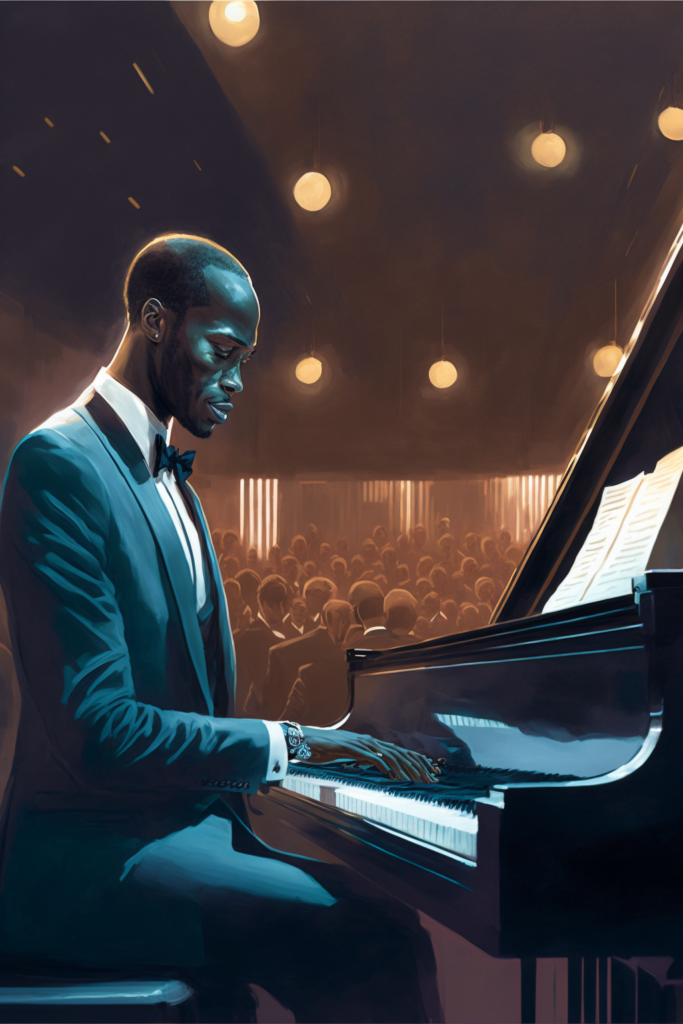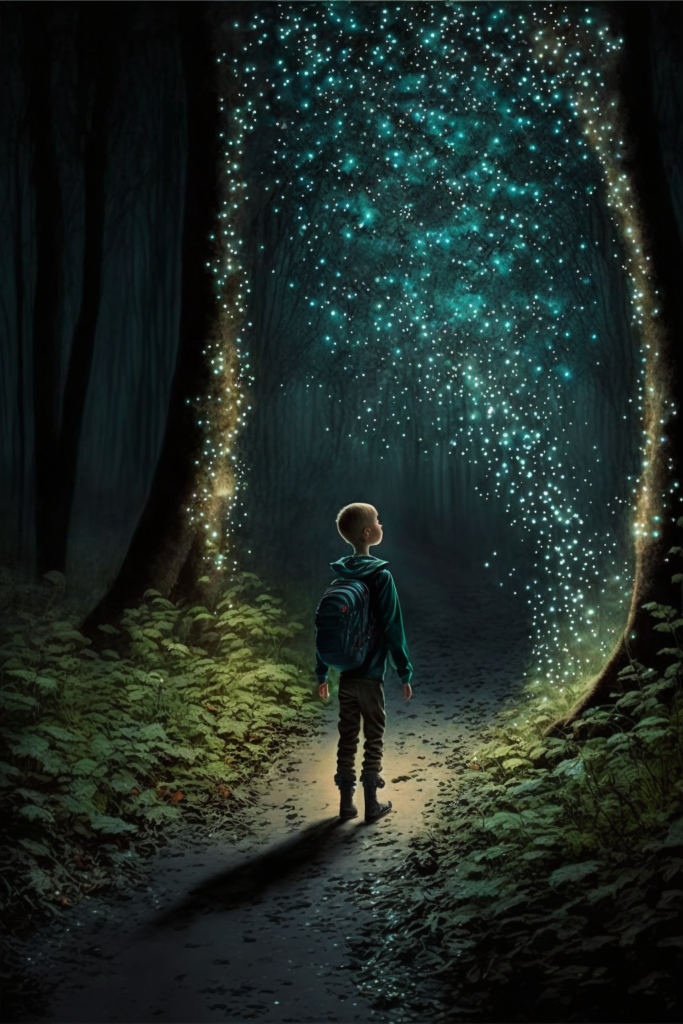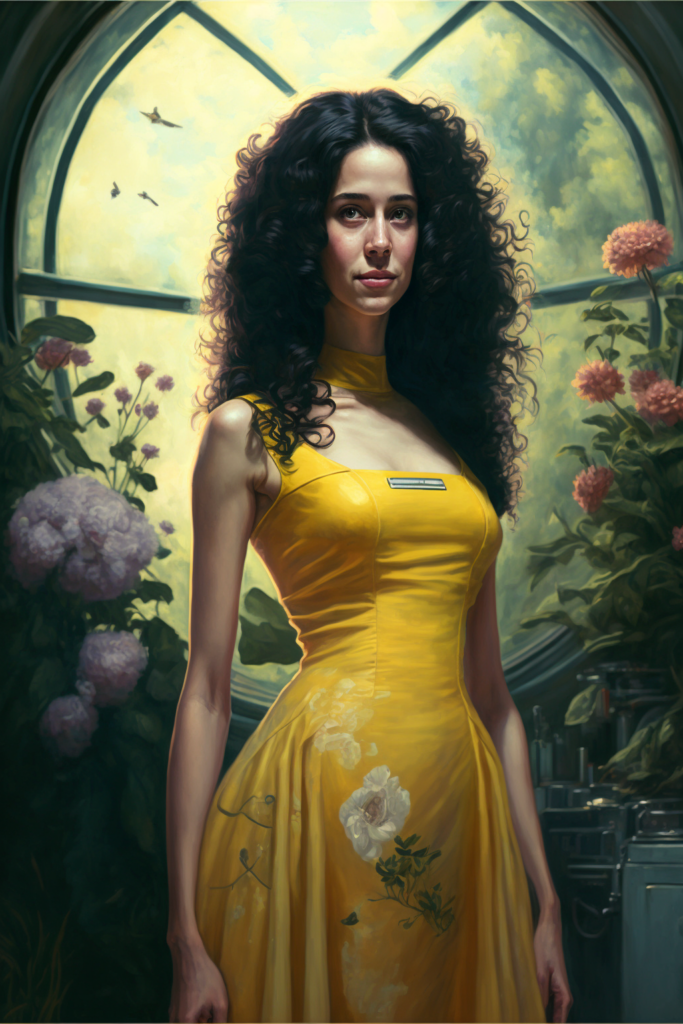Here’s a problem with AI-art, that I haven’t seen discussed elsewhere.
It has nothing to do with copyright issues, or what images it “scrapes” off Google, etc.
One of my favourite philosophical concepts is “the hyper-real” – a concept created by French phenomenologist Jean Beaudrillard, in his Simulacra And Simulation (1981). A short version of the concept could go like this: the hyper-real is the copy, the diagram, the model, the representation, etc., which (1) has no original reality for its foundation, and/or which (2) people prefer to the original reality.
Think of how shopping malls represent an idealised middle-American small town business district, with all the trash, dog poop, bad weather, car exhaust, etc., removed. Or, think of a safari ride at an amusement park which has animatronic animals and monsters instead of real ones.
AI-generated art, it seems to me, is another iteration of the hyper-real.
I myself started playing with it a few months ago, with a tentative plan to use it for an RPG project I am almost ready to publish (until some friends pointed out to me the copyright issues).
Using an AI art generator is a lot of fun. It hits at least two aesthetic satisfaction-needs. (1) the need to create, as the user of the tool must be inventive, experimental, and sometimes original, with their text-prompts; the resulting art does become, in some sense, a product of the user’s choices and efforts. And (2) the need for surprise, as the tool produces something which resembles, but doesn’t precisely match, what the user might have had in their mind’s eye; the art arising from not only the user prompt but also a random-number seed and the tool’s training database.
After a few days of this, I began to notice the AI was doing something to my own mind.
Other images on my social media, including photographs and graphic designs, images which I knew beyond reasonable doubt were not AI-generated, began to feel to me as if they were AI-generated. I saw a friend’s selfie, and I immediately considered three or four text-prompts to feed into Midjourney which could have created that selfie. Everything in my visual field of view, if it was inside the frame of a computer monitor, began to feel like an AI-generated image. I’d look at someone’s holiday photos of a rainbow, and I’d say to myself “I can make a better one of those.”
But could I? Is there a human element to art, design, photography, and so on, which AI-generated art displaces? And how is it that I, or others, might come to prefer art, design, and photography which lacks that human element?
At the same time, the real world, outside the frame of a monitor, became boring. Perhaps part of that is due to the season: it’s the opening days of winter here, the sun is low, and sets early in the afternoon. Still, within a week or so of using Midjourney, I found that reading a book, cooking in my kitchen, or taking in the paper-and-pencil or canvas-and-paint art created by students at my college, became tasks instead of pleasures. They began to feel like a kind of waiting-room, where things got put on hold until the chance to play with the AI came round again.
This isn’t good for me. I should not want to live in a world of machine-manufactured Platonic forms. I should want to live — well, where, exactly? Such is the conundrum.
Some amount of this has perhaps always been a small risk for anyone involved in a creative endeavour: writing a novel, for instance, opens a world to the writer herself, providing the same sense of creative-agency and of surprise which feeds so well into “flow” (per the research of Italian psychologist Mihály Csíkszentmihályi starting in 1975).
But with an AI art generator, this can happen a lot faster. And it can happen to the detriment of the artist’s own creative capacity.
I noticed this when I made some AI images of characters in my own novels. At first, I enjoyed the surprise of seeing the faces of my people “for the first time”. And when I found one result unsatisfying, I tossed it out, tweaked my prompt, and got another.
But after a few hours, it occurred to me that I was letting the AI tell me what my people looked like. And that discovery felt uncomfortable. It should be me who decides what my characters look like, not an algorithm. But, alas, after a few weeks of this, in my mind’s eye some characters looked like what the AI designed them to be, and I could feel how they were subtly different than how I imagined them before. More than that: I also forgot how I used to imagine them.
Now, it could be argued that the experience is, perhaps, comparable to a writer who describes a character to a human artist, and then enjoys both the collaboration and the surprise that goes into the finished portrait. But, again, with an AI the process is much faster, and can be subject to multiple iterations, with unsatisfying iterations discarded.
A certain human quality, perhaps the quality of collaboration and discourse between free imaginative minds, or a quality of authorship and signature and legacy and dasein (design?), is partially replaced with a kind of Darwinian filter.
The circumstance reminds me of what it was like when I bought my first digital camera. Previously, I enjoyed photography with 35mm film. I had to line up my shots, take time with compositions, and be judicious with my limited resources. (I usually had only enough money for one or two rolls of film at a time.) With my first digital camera, I had memory enough to take ten times more pictures. So I no longer took the time to select angles and compositions and foreground-background objects with care. And I threw out the pics that I didn’t like. It was the hand of Darwin, influencing my way of seeing things, influencing my creative choices, influencing the frame of my reality.
Again, this has probably been going on ever since the printing press replaced the human scribe, and the photograph replaced the portraitist. The technology only allows it to happen much faster.
The overall point of this is not to cast more aspersions on a species of software which is still in its effective infancy, and which may turn out to have helpful and ethically noncontroversial uses. Film-makers might use it to put together storyboards, for example. Graphic designers or writers might use it to make mood-boards for their illustrators to find inspiration.
Rather, my overall point is to say that AI-generated art is another step in the already-well-underway process of transforming more and more of our world into a hyper-reality. I find that prospect uncomfortable: but I shall have to express my reasons for that another day.
My point is also to cast into greater seriousness certain questions in aesthetics and in phenomenology, such as:
- Is there an human element that an AI art generator displaces? What is it?
- As with the aforementioned inventions (printing press, photographic place), we all had to adjust ourselves, up our games, and carry on. And with those technologies we probably did just fine. But how shall we have to adjust ourselves this time, as the speed and the nature of the technology inserts itself ever more deeply into the very sense of reality itself?
- If we outsource our imaginations to the machine, what shall become of our capacity for complex problem-solving? For originality and creativity? For the sense of wonder? For consciousness itself?
- Does anyone know what reality is anymore?
- Does anyone care?
In case anyone is curious to see them, here are some of my Midjourney character portraits and settings from the unpublished (at this time) SF novel mentioned above. I invite you to guess who the main protagonists are, who are the villains, who is the main POV character most of the time, who is that person’s anima and who is the shadow. The little boy is one of the adults as a child.

